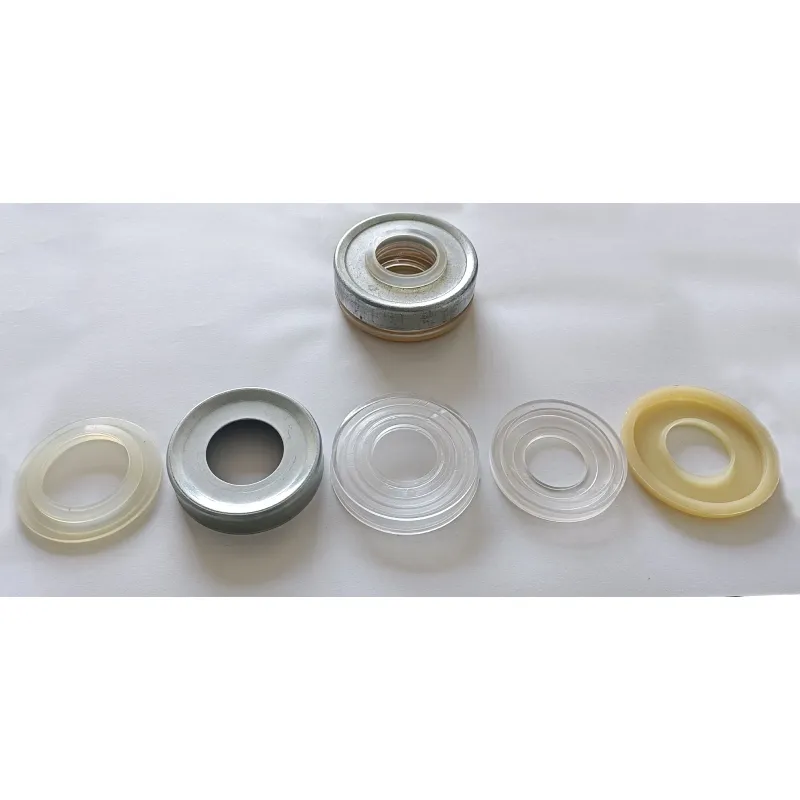 Afrikaans
Afrikaans  Albanian
Albanian  Amharic
Amharic  Arabic
Arabic  Armenian
Armenian  Azerbaijani
Azerbaijani  Basque
Basque  Belarusian
Belarusian  Bengali
Bengali  Bosnian
Bosnian  Bulgarian
Bulgarian  Catalan
Catalan  Cebuano
Cebuano  Corsican
Corsican  Croatian
Croatian  Czech
Czech  Danish
Danish  Dutch
Dutch  English
English  Esperanto
Esperanto  Estonian
Estonian  Finnish
Finnish  French
French  Frisian
Frisian  Galician
Galician  Georgian
Georgian  German
German  Greek
Greek  Gujarati
Gujarati  Haitian Creole
Haitian Creole  hausa
hausa  hawaiian
hawaiian  Hebrew
Hebrew  Hindi
Hindi  Miao
Miao  Hungarian
Hungarian  Icelandic
Icelandic  igbo
igbo  Indonesian
Indonesian  irish
irish  Italian
Italian  Japanese
Japanese  Javanese
Javanese  Kannada
Kannada  kazakh
kazakh  Khmer
Khmer  Rwandese
Rwandese  Korean
Korean  Kurdish
Kurdish  Kyrgyz
Kyrgyz  Lao
Lao  Latin
Latin  Latvian
Latvian  Lithuanian
Lithuanian  Luxembourgish
Luxembourgish  Macedonian
Macedonian  Malgashi
Malgashi  Malay
Malay  Malayalam
Malayalam  Maltese
Maltese  Maori
Maori  Marathi
Marathi  Mongolian
Mongolian  Myanmar
Myanmar  Nepali
Nepali  Norwegian
Norwegian  Norwegian
Norwegian  Occitan
Occitan  Pashto
Pashto  Persian
Persian  Polish
Polish  Portuguese
Portuguese  Punjabi
Punjabi  Romanian
Romanian  Russian
Russian  Samoan
Samoan  Scottish Gaelic
Scottish Gaelic  Serbian
Serbian  Sesotho
Sesotho  Shona
Shona  Sindhi
Sindhi  Sinhala
Sinhala  Slovak
Slovak  Slovenian
Slovenian  Somali
Somali  Spanish
Spanish  Sundanese
Sundanese  Swahili
Swahili  Swedish
Swedish  Tagalog
Tagalog  Tajik
Tajik  Tamil
Tamil  Tatar
Tatar  Telugu
Telugu  Thai
Thai  Turkish
Turkish  Turkmen
Turkmen  Ukrainian
Ukrainian  Urdu
Urdu  Uighur
Uighur  Uzbek
Uzbek  Vietnamese
Vietnamese  Welsh
Welsh  Bantu
Bantu  Yiddish
Yiddish  Yoruba
Yoruba  Zulu
Zulu self cleaning tail pulley
Self-Cleaning Tail Pulley Enhancing Conveyor Efficiency
In the industrial sector, conveyor systems play a pivotal role in streamlining processes, whether in manufacturing, mining, or material handling. Among the various components that makeup conveyor systems, the tail pulley is significant, often subjected to challenging conditions that can lead to inefficiencies. To combat this, self-cleaning tail pulleys have emerged as a vital innovation. This article explores the concept, advantages, and applications of self-cleaning tail pulleys, shedding light on their importance in maintaining operational efficiency.
Understanding the Tail Pulley
The tail pulley is located at the end of a conveyor system and serves multiple functions. It helps to maintain the tension of the conveyor belt, supports the return side of the belt, and facilitates the discharge of materials. Over time, tail pulleys can accumulate dust, debris, and material spillage, which may hinder their performance and lead to belt misalignment and increased wear. This accumulation can result in reduced efficiency, increased maintenance costs, and even unexpected downtime.
The Concept of Self-Cleaning Tail Pulleys
Self-cleaning tail pulleys are designed to mitigate the issues caused by material accumulation. They feature a specialized design that promotes the automatic removal of adhering materials as the conveyor operates. The self-cleaning mechanism often includes design features such as a spiral or dome shape, which facilitates the shedding of materials. Additionally, some models integrate rubber or other suitable materials to enhance cleaning action.
Advantages of Self-Cleaning Tail Pulleys
1. Reduced Maintenance One of the most significant advantages of self-cleaning tail pulleys is the reduced need for manual cleaning. Traditional tail pulleys often require regular maintenance to clear accumulated material, demanding labor and time. Self-cleaning designs significantly lessen this burden, allowing maintenance personnel to focus on other critical tasks.
self cleaning tail pulley

2. Enhanced Safety Dirty pulleys can pose safety hazards in the workplace, leading to slips, trips, and falls. By reducing debris accumulation, self-cleaning tail pulleys contribute to a safer working environment, minimizing the risk of accidents related to material buildup.
3. Increased Operational Efficiency Self-cleaning tail pulleys ensure that the conveyor system operates at peak efficiency. By preventing material build-up, these components help maintain consistent belt tension and alignment. Consequently, this leads to smoother operation and a faster throughput of materials.
4. Extended Equipment Life Regular maintenance reduces wear and tear on conveyor parts. By minimizing the accumulation of material on tail pulleys, the self-cleaning design helps extend the life of not only the tail pulley itself but also the entire conveyor system.
5. Cost-Effectiveness Although the initial investment in self-cleaning tail pulleys may be higher than traditional models, the long-term savings in maintenance, reduced downtime, and enhanced operational efficiency often outweigh the initial costs. This makes them a financially sound choice for industries reliant on conveyor systems.
Applications in Various Industries
Self-cleaning tail pulleys are versatile and can be utilized across various industries. In mining, for instance, they help manage the heavy loads and abrasive materials that can easily cling to conventional tail pulleys. In manufacturing environments, these pulleys cater to the fast-paced nature of production lines by ensuring minimal disruption. Additionally, in aggregate handling and recycling operations, self-cleaning tail pulleys facilitate the smooth transfer of materials without excessive spillage or accumulation.
Conclusion
Self-cleaning tail pulleys represent a significant advancement in conveyor technology, offering a host of benefits that enhance efficiency, safety, and overall operational effectiveness. As industries continue to evolve and demand higher performance from their equipment, innovations like the self-cleaning tail pulley will play a critical role in ensuring that conveyor systems meet these challenges efficiently. By investing in such technologies, businesses can achieve not only improved operational performance but also a sustainable approach to material handling. In the ever-competitive industrial landscape, embracing such innovations will be crucial for success.
-
Revolutionizing Conveyor Reliability with Advanced Rubber Lagging PulleysNewsJul.22,2025
-
Powering Precision and Durability with Expert Manufacturers of Conveyor ComponentsNewsJul.22,2025
-
Optimizing Conveyor Systems with Advanced Conveyor AccessoriesNewsJul.22,2025
-
Maximize Conveyor Efficiency with Quality Conveyor Idler PulleysNewsJul.22,2025
-
Future-Proof Your Conveyor System with High-Performance Polyurethane RollerNewsJul.22,2025
-
Driving Efficiency Forward with Quality Idlers and RollersNewsJul.22,2025





























